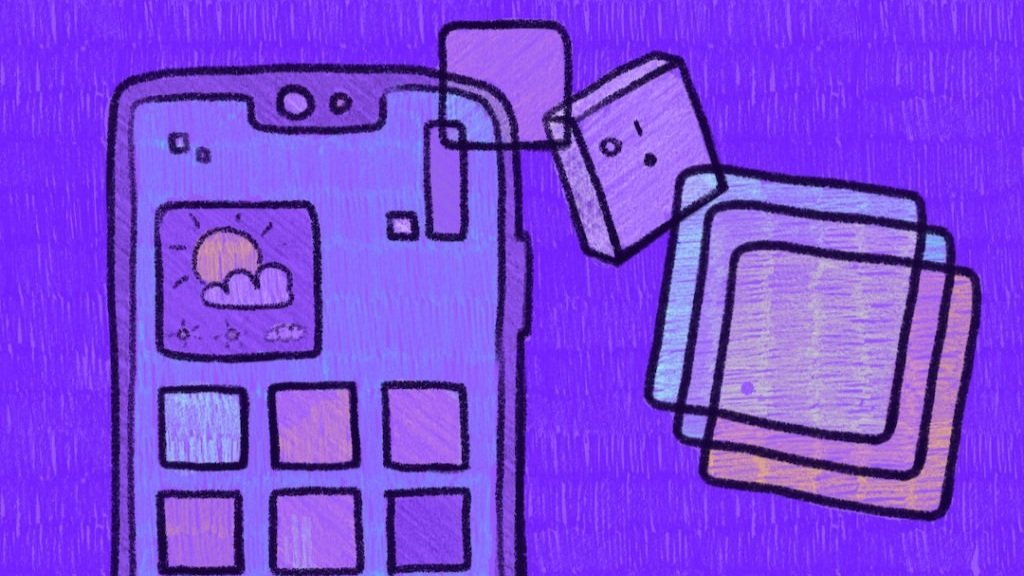What to Include in a Web Application Scope of Work
Are you a freelance full-stack developer, product manager, or UX/UI designer?
Here’s how to team up and scope your next small web application project using our top template.
Welcome to Scope Smarter, Not Harder, a series from Wethos highlighting our services and scope of work templates from the Wethos Services Library. In this installment, we’re highlighting our Small Web Application scope of work template!
Wethos users have access to over 70 scope of work templates and 800 services ranging from brand strategy to social media and design. Our scope of work tools streamline your proposal process so you can skip the freelance pricing mistakes and get to work.
Here’s our breakdown of a Small Web Application scope of work so you know how to charge for your next project!
Please note that our pricing recommendations are powered by tens of thousands of data points, all from real studios on our platform. If you have feedback on the pricing below, please let us know! We always want our system to become smarter with your help.
Small Web Application scope of work
Phase 1: Discovery
A product manager will kick off this project with a couple of tasks. First, they’ll create a document that defines the application requirements and functionality, and also outlines typical user needs.
The product manager will also put together a detailed project timeline to ensure alignment and expectations across all team members. The team members for this project include the product manager, a UX/UI designer, and a full-stack developer. Looking for someone to fill one of these roles for your project? Tap into our network of independents to find someone to team up with!
Phase 2: Design
Next comes the design phase. This is where the UX or UI designer will come in and design wireframes and mobile app mockups. Our scope of work template recommends designing up to 5 pages of wireframes and 2 mobile app mockups. If you anticipate your project will require more than that, adjust the price accordingly!
Once the designer has developed mockups, the developer will design and determine what infrastructure is needed to support the mobile application interface design. Our scope of work template recommends developing one application infrastructure.
Phase 3: Service Provisioning
The full-stack developer will be responsible for the rest of the phases of this project, with the product manager overseeing the timeline and execution.
For the service provisioning phase, the developer will establish, create, and connect the development assets and initial configuration of the platform. They’ll create one environment for this scope.
The developer will also configure a service for outbound transactional email for this project.
Phase 4: Development
Next, the developer will code the mobile app interfaces as a main component of the development phase. Our template recommends coding 10 screens.
They’ll close out this phase by developing the backend business logic needed to support the mobile application interface.
Phase 5: Testing
Time for testing! Testing is crucial for development projects yet it’s one of the most commonly overlooked freelance services. Your final deliverable to the client is an application that’s working properly which means you’ll need to conduct plenty of tests.
After the developer identifies the end-to-end workflows that should be tested, they’ll execute quality assurance tests across the entire website (up to 20 pages).
Phase 6: Launch
To wrap up the small web application project, the final phase is to launch the website. During this phase, the developer will prepare and deploy cloud services for the mobile application.
Once the project is approved and delivered to the client, you can easily turn your scope of work into an invoice with one click using Wethos.

